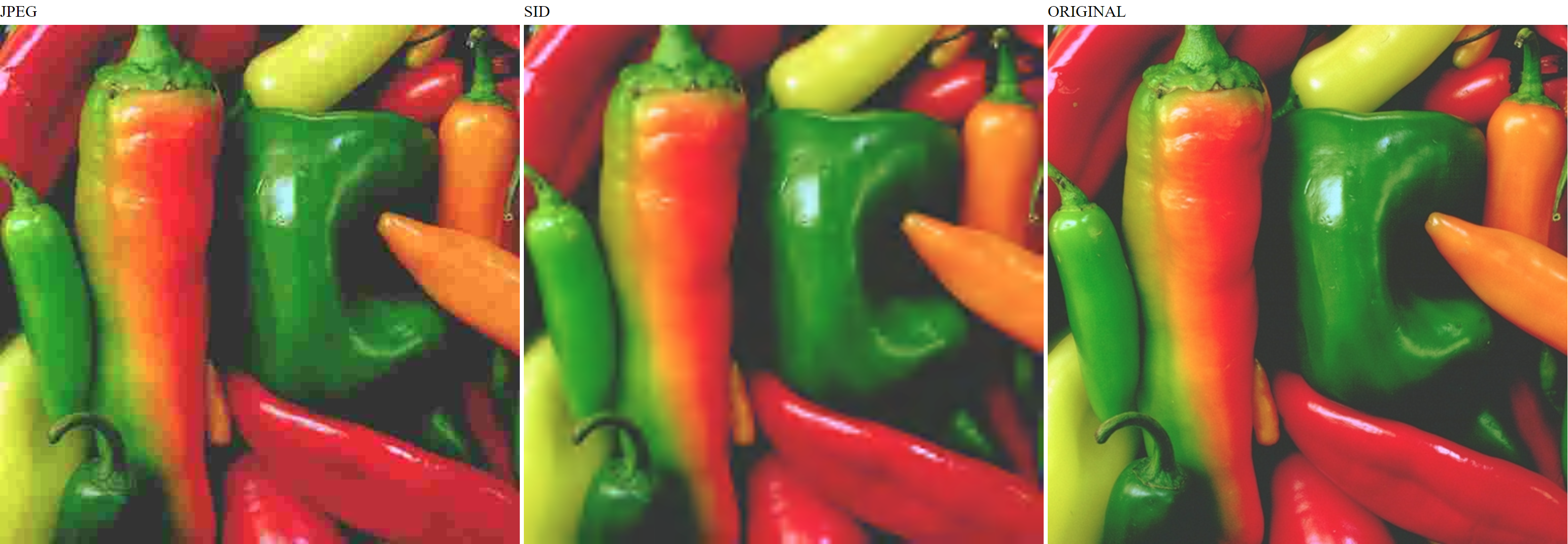Are you filling up your phone or computer hard drive with high resolution imagery? Even with today's digital cameras and mobile phones, it doesn't take long. The reality of how quickly pictures can eat up space on your devices can be quite eye-opening. And the issue is only going to get worse as camera manufacturers continue to create higher resolution imagery. While the cost of computer storage is slowly decreasing, the amount of digital imagery we create every year is increasing far more rapidly. So, what are you going to do about it?
The answer is image compression.
There are two types of image compression: lossless and lossy. The first option compresses information in a way that maintains all of the image details. As a result, there is no loss to the quality of the image. On the other hand, lossy compression methods can generate even smaller file sizes by reducing image quality.
The JPEG file format is an industry standard lossy compression algorithm familiar to us all. Typical JPEG-compressed images are around 1/10th the size of the raw image. This method comes with an irretrievable loss of image quality. If you care about the fidelity of the original image, what choice do you have besides the lossy compression of JPEG?
The MrSID file format is a lossless image format that can yield a compression ratio of 2:1 for typical images. Even higher compression ratios are possible depending on your workflow needs. MrSID has been the industry standard image compression algorithm in the GIS marketplace for over 20 years. This file format is supported by Extensis Connect and Portfolio as well as GeoExpress, Express Server, and GeoViewer. This file format supports both lossless and lossy compression for whatever your needs might be. If you need to preserve image quality, MrSID allows you to dramatically reduce the size of your files. If some image quality loss is acceptable, however, this is where MrSID shines when compared to the JPEG file format.
How do we measure loss of quality between image compression algorithms? With lossy compression you are changing the data from the original values. Measuring this "change" in data from the original is a common technique, which we will display for this comparison. A common measurement used to compare compression algorithms is called an MSE which stands for Mean Square Error. This measures the "error" in the lossy compression. There is a measurable error, or difference, between the original and compressed data. Let’s look at the measurable error MSE and compare JPEG to MrSID.
In the following table we are displaying some image information along with their corresponding errors. The files are the same physical size and have different "error/MSE" values. The MSE values for the MrSID files are smaller than the values of the JPEG file of the same size. This tells us that the MrSID files has fewer errors than the JPEG files of the same size, indicating less of a reduction in the quality of the image.
|
JPEG Quality: 10 |
SID Compression Ratio 130 |
RAW Uncompressed Image |
|
Filesize: 6034 |
Filesize: 6031 size difference -3 |
Filesize: 786432 |
|
MSE*: 109.1146 |
MSE: 62.83893 |
|
|
SUM MSE: 305.75242 |
SUM MSE: 179.77175 |
|
|
MSE = Mean Square Error, a measurement of the amount of data lost as a result of lossy image compression. |
||
You can see the differences in the images themselves. The MrSID images look better — less pixelated — than the JPEG image of the same file size.

So, there you have it. MrSID is a powerful image compression algorithm that supports both lossless and lossy image compression. Moreover, in a side-by-side comparison of lossy image compression with JPEG, MrSID is clearly the winner as you can see. But don’t take our word for it. Give it a try and see for yourself.